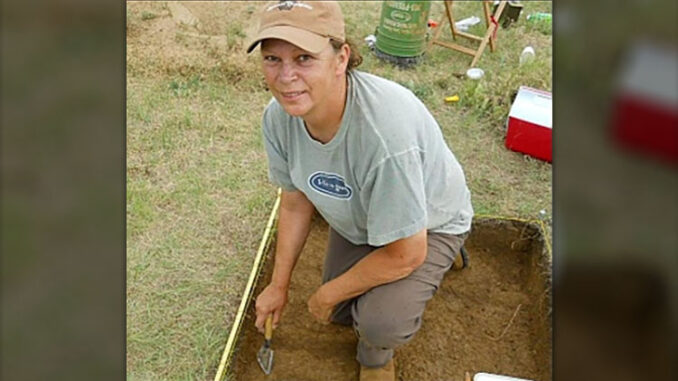
In celebration of Women’s History Month, let’s explore the work of Dr. Paulette Steeves, a woman making history in the field of archaeology. Archaeology is the study of artifacts and other remains to learn about what human life was like in the past.
Paulette Steeves is an archaeologist who studies the histories of early native peoples of North and South America. She is of Cree-Métis background. The Cree and Métis are Indigenous groups from western Canada. Steeves was born in Whitehorse, Yukon, in northwestern Canada. She grew up in Lillooet, British Columbia.
In 2000, Steeves earned a bachelor’s degree in Anthropology at the University of Arkansas at Fayetteville. She later earned her Ph.D. in Anthropology at the State University of New York in Binghamton in 2015. In her work, she studies ancient fossils and artifacts to learn more about the ways of life of early native peoples. She also looks for evidence to find out how long ago they arrived in North and South America.
Many scientists think that people arrived in the Americas between 12,000 and 14,000 years ago. They believe they migrated here from Asia. Steeves argues that they arrived here much earlier. Based on her research, she thinks that native peoples have lived in North and South America since at least 100,000 years ago. While working on her Ph.D., she studied sites on the Great Plains where mammoth bones had been discovered. She found evidence that people were hunting mammoths in Nebraska more than 18,000 years ago.
Steeves has gathered information about hundreds of other ancient sites in North and South America that support her early arrival theory. Some of these sites have evidence that people lived there more than 200,000 years ago. These discoveries also support many Native American oral histories. These histories say that their peoples have always lived in the Americas or that they arrived here much longer ago than what most scientists say.
In 2021, Steeves published the findings of her research in a book titled The Indigenous Paleolithic of the Western Hemisphere. A paperback edition of the book just came out on March 1. Steeves’ work in archaeology shows that there is always more to learn about early human history. There are always new discoveries to be made that can change what we know about people long ago.
What Do You Think? Do you think that people arrived in the Americas much earlier than what many scientists believe? Explain.
Photo Credit: Courtesy of Dr. Steven Holen and Dr. Paulette Steeves



